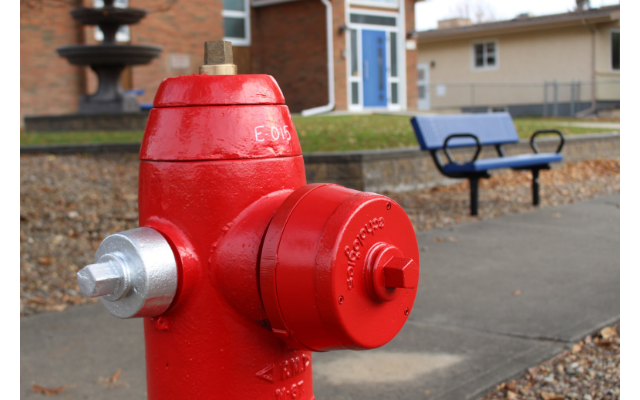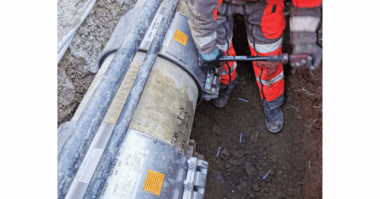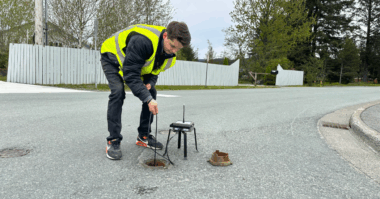Many utilities are now seizing opportunities to take their AMI system to the next level. Emerging next-generation AMI systems are incorporating the latest “Internet of Things” (IoT) technologies providing two-way communications and data transfer with specialized cloud-connected remote sensors and devices that is ushering in a new era of automated infrastructure management. Revolutionary advances include LoRaWAN™ wireless RF technology that enables connecting low-cost battery-operated sensors over long distances in harsh environments, ideal for water utilities operating across vast areas where wired connectivity would be extremely challenging or cost-prohibitive.
LoRaWAN wireless wide-area networking provides secure communications between remote sensors, devices, and enterprise-grade public and private networks for IoT, industrial, and “smart city” applications. Embraced by industry leaders like Comcast, IBM, Cisco, and others, LoRaWAN and its communications protocols have become an open global standard supported by more than 500 industry leaders. In use by a number of public network operators and included in many trial and deployments, LoRaWAN is rapidly emerging as a new industry standard for water utilities.
One of these new IoT technologies is a leak detection and monitoring platform for water distribution networks developed by Echologics. The EchoShore®-DX technology uses battery-powered “smart nodes” incorporating ultra-sensitive acoustic sensors to detect and pinpoint water leaks long before they become detectable by conventional detection methods. Echologics is developing a toolkit that enables LoRaWAN users to make EchoShore technology interoperable over an AMI/LoRaWAN network, enabling utilities to quickly integrate and deploy the leak-monitoring platform — or interchangeably deploy a different solution. Utilities can also choose to implement a fixed leak detection network using a cellular backhaul option and run it in parallel with an existing AMI system.
It’s important to have a flexible approach to IoT technology deployment because many water utilities simply cannot imagine some of the unforeseen challenges and specialized needs they will be facing in two years, much less five years, or ten years down the road. Being ‘locking in’ to a single vendor may result in an infrastructure management system that can’t keep up with their future needs or technology developments. An AMI system based on LoRaWAN technology will read your meters today, monitor pipeline leaks tomorrow, and perform real-time water quality analysis in the future. These new IoT-based AMI systems enable the creation of ‘smart cities’, that in addition to water networks, can support everything from monitoring parking meters to tracking pets. The potential uses are endless.




